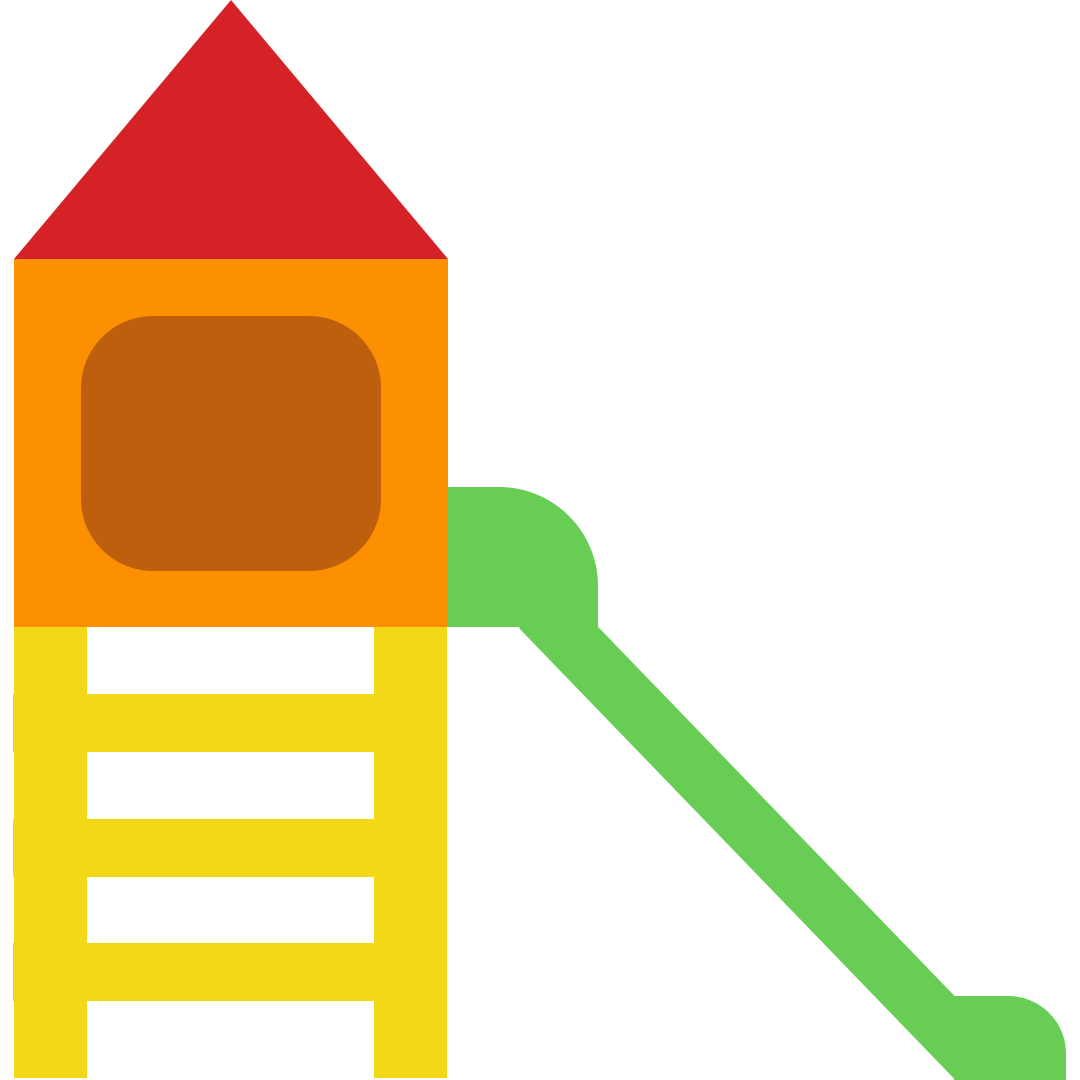
Monday, March 27th - Friday, March 31st

It’s time to bust a move! It’s MUSIC week in Sensory Art! Join us for a fun class where we’ll talk about music and learn all about some of the most popular instruments like drums, maracas and more!
We’re looking forward to seeing you and your little musician in class this week!
What to expect in class:
Discuss how music and art are related, and how music makes us feel when we experience it.
Observe the element color through a variety of multi-sensory projects.
Create handmade instruments and other projects representing music using beans, bells, paint, and more.

Have you ever met a kid who doesn’t like bubbles? We haven’t either! We’re hanging on tight to the celebrations of spring and jumping into a week of fun with bubbles and blossoms in music exploration!
What to expect in class:
Focusing on steady beat, high and low pitch, vocal development, memory and patterns.
Work on call and response, tempo: slow, fast, rest and accelerando, spring animal movements, singing the scale.

There is a lot of pressure on our kids when we send them to school for the first time. They’re expected to sit still, follow instructions, participate in group activities, communicate their wants and needs... all at the age of five or six. This can feel intimidating, especially to a child who hasn’t experienced a classroom setting before; and as their parent, we want to do everything we can to ease the feeling of overwhelm and make the transition into school as seamless as possible.
Keep scrolling to see what we’re up to in Little Learners this week!
See below for more information on what’s happening in week TEN of Little Learners!

Welcome To Week TEN Of Little Learners!
We are so happy you’re here!
This week in Little Learners, your child will cover the following lessons and objectives for each section of the schedule.
Daily Activites:
Circle Time
At Circle Time, your child will:
Orient themselves by establishing they are on their ninth lesson out of fifteen lessons. Identify the classroom jobs, choose a job and receive a special job badge for the day from the following: Schedule Checker, Marker Master, Line Leader, Paper Pusher, Tray Taker, Card Keeper.
Choose a job and receive a special job badge for the day from the following: Schedule Checker, Marker Master, Line Leader, Paper Pusher, Tray Taker, Card Keeper .
Review the class agreements as a group: “We are caring, we are peaceful, and we are respectful to ourselves and others.”
Lastly, practice an active listening and breathing exercise to get their body and minds ready to learn and do their best with their class agreements.
3. ABC’s
Through this lesson, your child will:
Practice handwriting - they will begin with letters from the slanted-line letter group for handwriting practice - letters X and A.
Practice building the letters with kinetic sand, tracing the letters with Little Learners Letter Writing Cards, and tracing or copying the letters on Brightlines handwriting paper.
Complete a practical application activity for each letter:
Letter X- Your child will practice a 3-step X alliteration exercise for rhythm and timing, sequential memory, and gross motor strength and coordination.
Letter A- Your child will exercise executive processing skills by generating ideas for their own artistic expression with an ART worksheet. Your child will also learn how to follow a basic map to guide an ape to his lunch- ants!
Practice reading and phonetics: Your child will practice sounding out 3-letter CVC (consonant, vowel, consonant) words for each letter - next, they will explore sounds that relate to each letter.
X is for AX. “What does an ax say? ‘Swing, Chop!’ What does letter X say? X-, X-. X is for ax.”
A is for ANT and Ape. “What does an Ape say? ‘Ah, ah, ah, ah!’ What does letter A say? A-, A-. A is for Ape.”
2. Emotional Elements
Through this lesson, your child will:
Explore Controls to understand how to reach the response needed for self-regulation for the Earth Element.
Learn how to use their personal posters to choose appropriate self-regulation strategies for the Earth (grounding) emotions.
4. Gym!
Your child will be invited to play team building or turn-taking activities to support executive processing development with: seek-and-find manipulatives, turn-taking with swings and slides, monkeys jumping on the bed on the bounce innertube, obstacle course building, stack and crash with blocks and mini-slides, building structures with large building blocks, or animal walks with phonetic practice
5. 123’s
Through this lesson, your child will:
Use Little Learners Number Counting and Writing Cards to practice reading, writing, and counting numbers 9 and 10. They will also use counting chips and flashcards to add 9+1=10.
Use paint dobbers, dry-erase markers, and pencils with Brightlines handwriting practice paper to complete high repetitions of tracing and/or copying the numbers without realizing all the work they have completed.
Play Ten Tap Turn Taking with a xylophone to practice counting accuracy with visual-fine motor targeting.
6. Gym, again!
Your child will conclude their class by adding a green circle sticker to their Name Cards to mark the tenth completed Little Learners class. Your child will finish their class in the gym, where parents can pick them up or stay to play!
Work Together At Home:
Practice identifying personal, effective self-regulation strategies for managing fixation (difficulty transitioning) and distraction (difficulty sustaining attention).
Practice marching in place while alternating left and right hands reaching across the body to touch the knees or shoulders.
Explore printed and digital maps and navigation systems to understand directionality and visual tracking.
Practice counting quantities of fingers, toes, and facial features for body awareness.
Reflection Questions:
What Control can you use to “lighten up” when you feel stubborn?
What did you find when you followed the map today?
What kind of musical instrument did you play?
What color sand did you choose to create your letters today?














